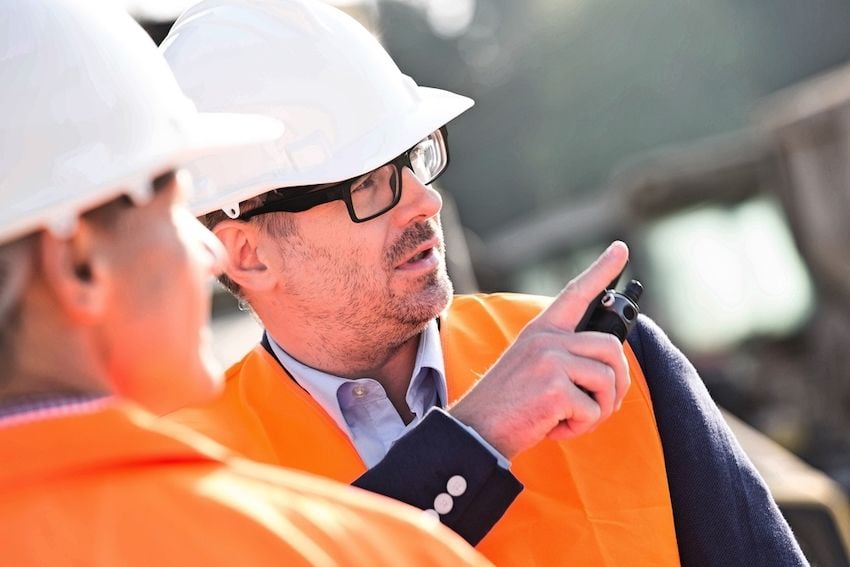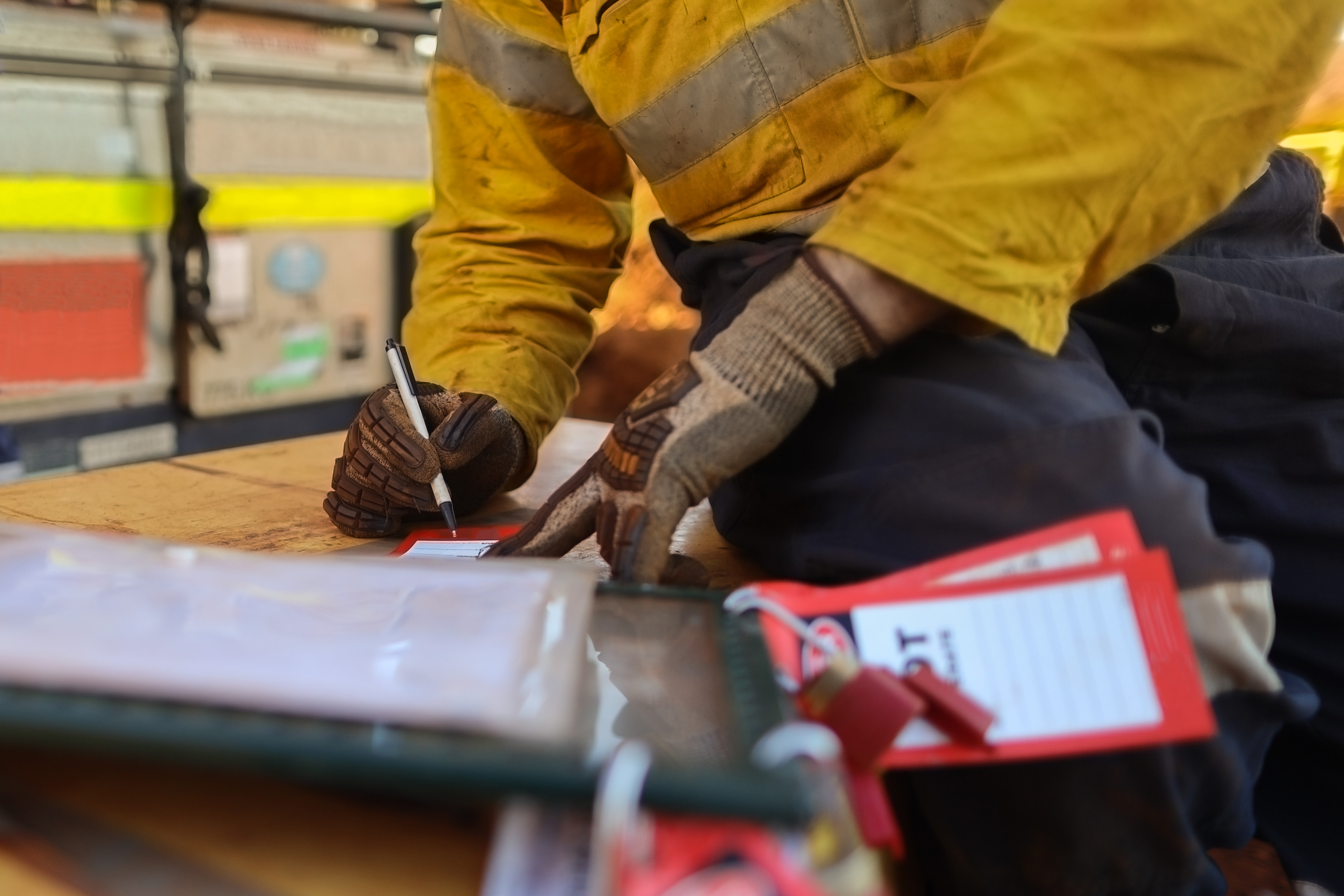Every safety leader strives to create a positive health and safety culture where workers abide by protocols, incidents (and their precursors) are few, and everyone confidently speaks up when unsafe behaviors occur. But, actually building such a culture takes considerable time and effort. Common challenges include workers’ fear of punishment for reporting incidents, a lack of personal accountability, and the misconception that working safely means working slowly.
Overcoming these challenges is only possible when all workers—but especially those on the front lines—buy into your safety culture. Companies with front-line workers who trust their leaders, enthusiastically participate in safety activities, and constantly seek out risk to eliminate it are safer and more productive than companies where workers do not.
Here, we share five tips for health and safety leaders to get front-line workers to buy into their company’s safety culture.
5 tips to get workers to participate in a positive safety culture
1. Make safety a group effort
There’s a general misconception that a company’s safety leaders are solely responsible for safety. Front-line workers may assume safety has nothing to do with them and go about their work without thinking of safe work practices.
Of course, this is dangerous and exactly how accidents happen, so ensuring workers understand their role in creating a positive health and safety culture is a must. Explain how actions like wearing proper PPE, doing work the right way—i.e., not cutting corners to save time—and speaking up when they see a potential safety issue can help prevent incidents.
Related: Who is Responsible for Worker Safety?
2. Provide safety culture training
Even workers with the best of intentions won’t immediately buy into your safety culture if they don’t understand it. Therefore, it’s important to hold mandatory safety culture training in order to get everyone on the same page.
Training can be provided by management or a third party and should cover the key bases of a positive safety culture. This includes taking personal responsibility for safety, tips to open the lines of communication, and the importance of speaking up.
Since creating a safety mindset takes time, you might need to hold more than one training session. Plan as many as it takes and try to schedule them during standard work hours, so people are more engaged and do not have to sacrifice personal time.
3. Get personal
Some people respond well to statistics. Simply telling them private industry employers reported 2.7 million nonfatal workplace injuries and illnesses in 2020, according to the Bureau of Labor Statistics, would be enough to get them to comply with your construction safety culture.
However, most people respond much better to real-life examples. Inviting workers to share their personal stories of safety incidents can be incredibly powerful. If you do not have someone willing to be this vulnerable, you can also find stories online to share with your team. The idea isn’t to scare them, of course, but to help them understand that no one is immune to on-the-job injuries, so safety must always be a top priority.
4. Focus on changing attitudes
When trying to figure out how to improve safety culture buy-in, consider your team’s overall attitude toward safety. Many issues can cause workers to have a negative attitude, including assuming safety activities aren’t part of their job description or feeling like management doesn’t care about them as people.
Change this attitude by explaining the importance of having a strong safety culture. Help workers understand that their actions don’t just impact the company as a whole, but also directly affect their friends and coworkers. When people realize they have the power to produce positive change, they’ll start to look at safety issues in a new light.
Check out: 6 Safety Protocols Workers Commonly Neglect
5. Lead by example
As a safety leader, it’s up to you to be the champion of a positive health and safety culture. Workers look to you for guidance, so if your approach to safety is relaxed, they’ll mirror your tone.
Since promoting a safety culture starts with you, always assume someone is watching how you handle every issue you encounter. Use this as motivation to always follow the company’s safety protocols because this will inspire your team to do the same.
Read: 7 Characteristics of Great Safety Leaders
Getting workers to buy into your safety culture isn’t always easy—especially if they’ve grown accustomed to more relaxed protocols. However, this is an initiative you can’t afford to give up on because it can save lives. Remain committed and adjust your strategy as needed to get the necessary buy-in to keep people safe on your watch.
For more on this topic, check out “6 Worker Safety Ideas from Safety-Minded Leaders.”

